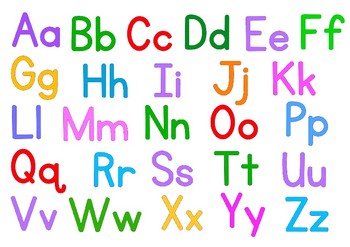Table of Contents
HISTORY, ALPHABET-STYLE
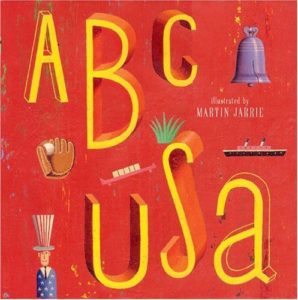 |
Martin Jarrie’s ABC USA (Sterling, 2005) is an alphabetical overview of American history and culture (B is for Baseball, F is for Flag, I is for Immigrant), with charming folk-art-style illustrations. For ages 3-8. |
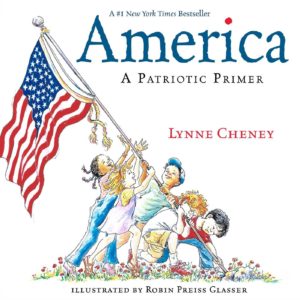 |
Lynne Cheney’s America: A Patriotic Primer (Simon & Schuster, 2002) is an alphabet book of American history and culture, with multifaceted cartoon-style illustrations by Robin Preiss Glasser. Lots to look at and discuss. For ages 5-10. |
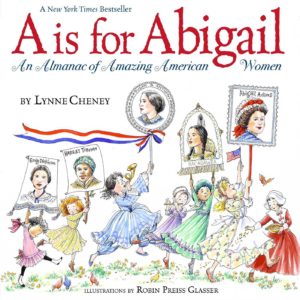 |
Lynne Cheney’s A is for Abigail (Simon & Schuster, 2003) is an alphabet of famous American women, beginning with the indomitable Abigail Adams. Clever cartoon-style illustrations by Robin Preiss Glasser are crammed with extra information. Many pages are composites, such as E (for Educators) and W (for Writers). For ages 5-10. |
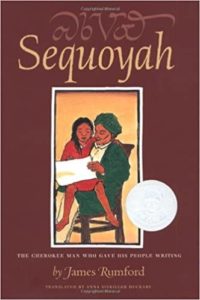 |
James Rumford’s Sequoyah: The Cherokee Man Who Gave His People Writing (Houghton Mifflin Harcourt, 2004) is a picture-book biography of the inventor of the Cherokee syllabary. The text appears in both English and Cherokee; included is a Cherokee alphabet chart. For ages 5-8.
Also see Joseph Bruchac’s Talking Leaves (Puffin, 2017) for ages 10 and up. |
| The Cherokee Alphabet and How to Use It is a tutorial on writing in Cherokee. | |
| For more resources, see Native Americans. | |
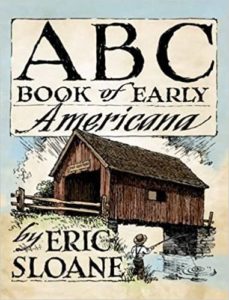 |
By artist/historian Eric Sloane, the ABC Book of Early Americana (Dover Publications, 2012) is a beautifully illustrated compendium of American inventions and antiquities, from Axe, Almanack, Bathtub, and Conestoga wagon to Zig-zag fence. Included is a section on “The Alphabet in Early America.” For all ages. |
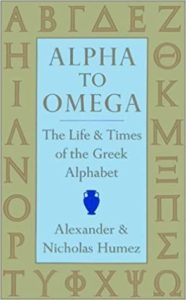 |
By Alexander and Nicholas Humez, Alpha to Omega: The Life and Times of the Greek Alphabet (David R. Godine, 1981) is a letter-by-letter survey of the Greek alphabet with lots of fascinating information about ancient Greek life and culture. For teens and adults. |
| Learn the Greek alphabet at History for Kids or with this Greek Alphabet Interactive from Edsitement. |
AROUND THE WORLD WITH ALPHABETS
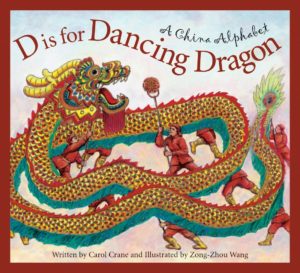 |
From Sleeping Bear Press, the Discover the World series consists of alphabet books on various countries of the world, among them America, England, Italy, China, and India. Titles include B is for Bagpipes, C is for Ciao, and K is for Kabuki. For ages 6-8. |
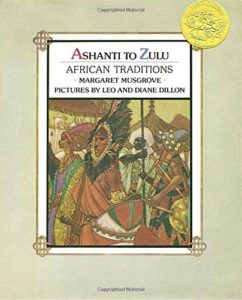 |
Margaret Musgrove’s Ashanti to Zulu (Puffin, 1992) is an alphabet of African tribes and traditions, with an appended map showing where each of the featured tribes lives. The gorgeous illustrations by Leo and Diane Dillon won this book a Caldecott Medal. For ages 3-8. |
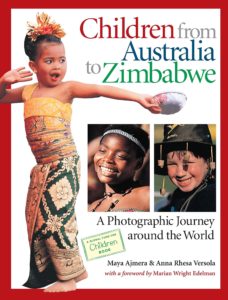 |
By Maya Ajmera and Anna Rhesa Versola, Children from Australia to Zimbabwe (Charlesbridge Publishing, 2001) is an alphabetical and photographic journey around the world. For each country are included a colorful map, helpful background information, the word “hello” in the dominant language, and a lot of terrific photos. For ages 7-12. |
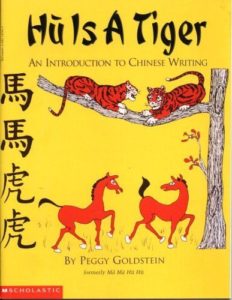 |
Rather than a phonetic alphabet, some languages – like Chinese – are written with pictographic characters. Peggy Goldman’s Hu is a Tiger (Scholastic, 1996) is a simple introduction to Chinese characters for kids. |
 |
A survey of multicultural and alternative alphabets can be a fascinating project for all ages. See Omniglot for background information on the history of writing and an immense and fascinating list of writing systems. Visitors can view the Cyrillic, Etruscan, Runic, and Greek alphabets, and many many more. The site also includes a list of “alternative alphabets,” including Braille, Morse code, and the Shavian alphabet – inspired by George Bernard Shaw, who touted a phonetic alphabet designed to simplify English spelling. |
